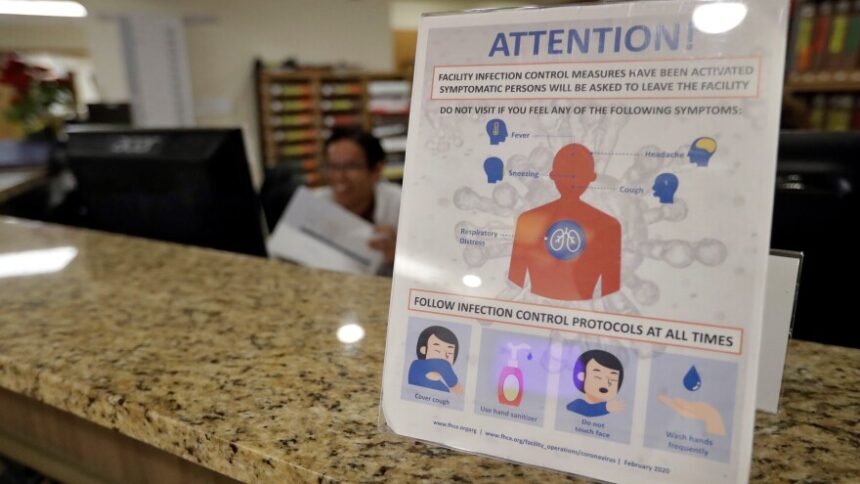Infection Control
Healthcare-associated infections are a major, preventable, threat to patient safety and one of the leading causes of death in the United States. Approximately, 1 in 25 hospital patients has at least one healthcare-associated infection. This adds up to $33 billion in excess medical costs every year.
In efforts to increase infection control and reduce the risk of hospital-associated infections, regulatory agencies such as The Joint Commission have recommended standards of practice for hospital accreditation. Medicare has implemented financial incentives to reduce and eliminate health- associated infections. In addition, the more recent introduction of state-mandated public disclosure of infection rates has increased accountability through consumer awareness and engagement.
According to some experts, these efforts are not enough as there are currently no national standards for reporting hospital infections. Research from John Hopkins suggests the current system of reporting healthcare quality is non-standardized and haphazard. Claiming most states do not have a standardized system for the collection of data, which leads to great variation in the results making comparisons difficult if not invalid. Many believe the country would be better served by a national standard for hospital infections, and a greater transparency would help lower infection rates.
Guidelines and Protocols
Despite the debate over federal and state regulations, healthcare-associated infections are preventable and should be made a priority wherever healthcare is delivered. The Centers for Disease Control has provided guidelines to infection prevention for outpatient settings which include: hospital outpatient clinics, non-hospital clinics, physician offices, urgent care centers, surgical centers, public health clinics, imaging centers, oncology clinics, behavioral health clinics, substance abuse clinics, physical therapy and rehabilitation centers.
These CDC guidelines should apply to all patient care in any healthcare setting. http://www.cdc.gov/HAI/pdfs/guidelines/Outpatient-Care-Guide-withChecklist.pdf
Infection control protocols within physician offices and clinics should mirror these guidelines and standards. The following key points should be addressed when policies and procedures for infection control protocol are developed:
- Administration should provide financial and human resources, including equipment and supplies to maintain proper infection prevention.
- The practice should have at least one individual on staff trained in infection prevention or is regularly available to the practice.
- This staff member should be involved in the development and implementation of policies for infection prevention according to regulations and standards.
- Infection prevention policies should be re-assessed on a regular basis.
Additional recommendations from the CDC guidelines include:
- Administrative recommendations
- Health association infection surveillance and reporting
- Education and training of healthcare personnel
- Hand hygiene
- Use of personal protective equipment
- Cleaning, disinfection, and sterilization of medical equipment
- Respiratory Hygiene/Cough Etiquette
- Cleaning and disinfection of environmental surfaces
- Safety injection practices
For additional information:
CDC’s guidelines for infection prevention in any outpatient healthcare setting
http://www.cdc.gov/HAI/pdfs/guidelines/Outpatient-Care-Guide-withChecklist.pdf
Top CDC Recommendations to prevent Healthcare-Associated Infections
http://www.cdc.gov/HAI/pdfs/hai/top-cdc-recs-factsheet.pdf
CDC Recommended Infection Control Practices for Dentistry

Leave a Reply
You must be logged in to post a comment.